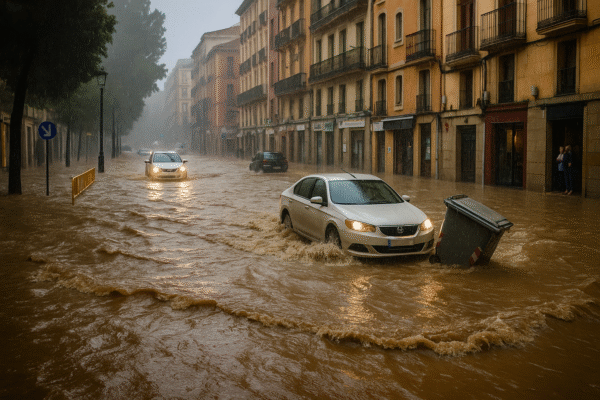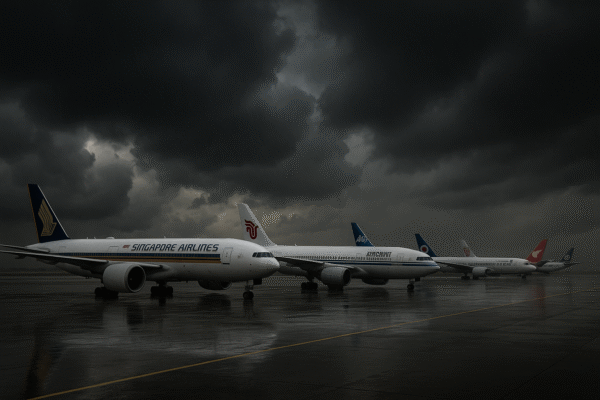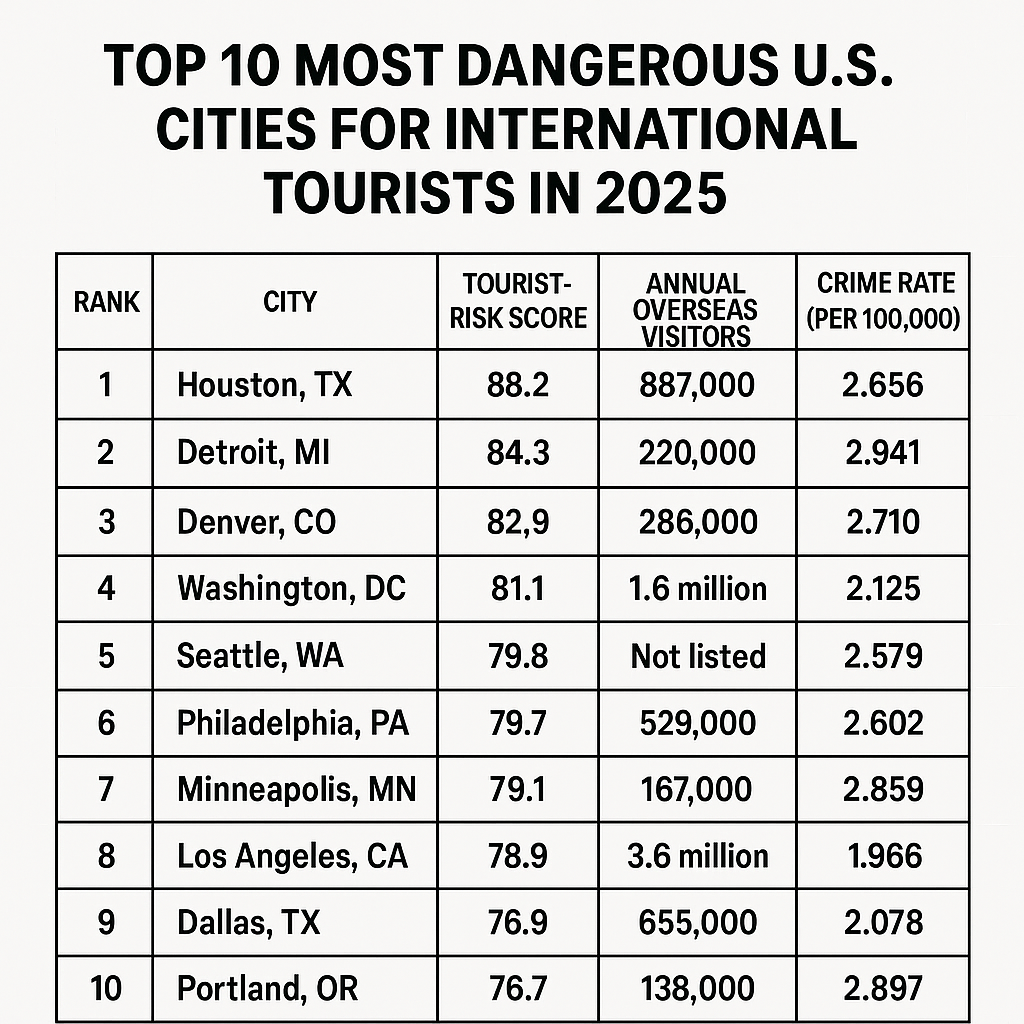As record-breaking heat continues to bake the Pacific Northwest, Oregon is grappling with a rapidly escalating wildfire emergency that has transformed some of the state’s most popular tourist regions into hazardous fire zones. Governor Tina Kotek issued a statewide emergency declaration this week, mobilizing the Oregon National Guard and unlocking state and federal resources to contain nearly 60 active wildfires that have ignited across the state’s forests, valleys, and rural communities.
The fires, which have scorched over 54,500 acres, are most concentrated in Southern and Central Oregon, particularly in Jackson, Josephine, Jefferson, and Klamath counties. With critical tourism destinations like Ashland and Bend now blanketed in smoke and under evacuation alerts, state officials are urging travelers to avoid the region and prioritize safety.
“This is an urgent situation. The fires are growing, the air quality is dangerous, and lives are at risk,” said Jeff Dunn, spokesperson for Oregon’s Office of Emergency Management. “We’re using every resource to protect communities.”
Wildfires Threaten Lives, Tourism, and Air Quality
According to the Oregon Department of Forestry, nearly half of the fires are naturally caused by lightning and dry conditions, while ten fires have been attributed to human causes. The Cram Fire, burning east of Madras, has expanded rapidly due to gusty winds and dry vegetation, contributing to severe smoke conditions across central Oregon.
The Oregon Department of Environmental Quality (DEQ) has issued hazardous air quality alerts for multiple counties, with Jefferson and Klamath among the hardest hit. Residents and visitors are warned to stay indoors, reduce outdoor activity, and use HEPA-filter air purifiers.
The Air Quality Index (AQI) in some areas has surged into the “unhealthy” and “very unhealthy” range, particularly dangerous for children, the elderly, and those with respiratory issues.
Evacuation Orders Impact Over 2,200 Residents
As of July 17, more than 2,200 people at nearly 900 addresses are under varying evacuation levels:
- Level 1 – Be Ready: 1,200+ individuals must stay alert.
- Level 2 – Be Set: 800+ individuals are advised to be ready to leave.
- Level 3 – Go Now: 200+ individuals must evacuate immediately.
The Oregon National Guard, in cooperation with local emergency agencies and tribal governments, has been deployed to assist with evacuations, provide logistics, and support frontline firefighting efforts. Six injuries and five destroyed structures have been reported so far, including residential homes affected by the Elk Fire.
Firefighting Costs Soar as Climate Conditions Worsen
Oregon’s escalating wildfire crisis is not only a humanitarian and environmental disaster — it’s a financial one. The cost of fighting these fires continues to climb, putting significant strain on the state’s emergency resources.
Following a record-breaking 2024 wildfire season that consumed 1.9 million acres, the Oregon Legislature approved a $218 million emergency fund for wildfire response and recovery. In 2025, lawmakers passed a new funding package, including:
- A tax on oral nicotine products
- Use of interest from the state’s Rainy Day Fund
This new initiative is expected to raise approximately $43 million annually, though officials admit the figure falls short of what’s needed as climate change intensifies fire seasons across the Western U.S.
Impact on Tourism and Outdoor Recreation
Oregon’s tourism economy — especially in popular regions like the Rogue Valley, Deschutes National Forest, and the Cascade Lakes Highway — is taking a direct hit. Lodges, hiking trails, and national parks in high-risk zones have been forced to close temporarily due to fire risk and smoke exposure. Campgrounds and outdoor recreational sites in affected counties have suspended operations, and travel advisories are in effect.
Visit Oregon and local destination marketing organizations have advised domestic and international travelers to:
- Monitor Oregon’s wildfire dashboard for real-time updates
- Avoid travel to affected counties
- Cancel or reschedule outdoor recreation plans in high-alert areas
- Stay informed via AirNow.gov and local emergency management sources
“This is a dangerous time to be hiking, camping, or traveling through southern Oregon,” said a representative from Travel Southern Oregon. “We urge all tourists to delay plans until conditions improve.”
Preparing for the Peak of Fire Season
With July and August typically marking the peak wildfire season, Governor Kotek has warned that “the worst may still be ahead.” Meteorologists continue to forecast extreme heat, low humidity, and erratic winds, creating prime conditions for more fire outbreaks.
The Oregon State Fire Marshal is also urging the public to help reduce risks by avoiding campfires, fireworks, and other high-risk activities during red flag warnings. Fire bans are now in effect in many counties.
A Call for Federal Assistance and Public Vigilance
As Oregon braces for what could be one of its most destructive fire seasons in modern history, coordination between local, state, and federal agencies will be essential. Governor Kotek is expected to request federal disaster relief to aid communities in recovery and rebuilding.
In the meantime, public cooperation remains critical.
Safety Reminders:
- Follow local evacuation orders without delay
- Limit outdoor exposure during smoke events
- Use air filtration systems indoors
- Report unattended fires or suspicious activity immediately
For travelers, the message is clear: Oregon is facing a crisis, and tourism must take a backseat to safety and recovery.
For more travel news like this, keep reading Global Travel Wire






















